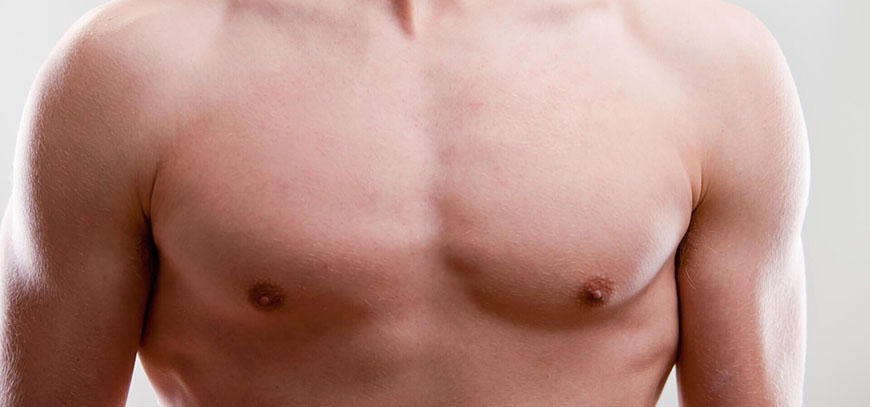Working Time
- Mon-Sat 10:00 – 19:00
Contact Info
-
+90 542 512 51 64
Ask the Experts
Gynecomastia

Gynecomastia affects an estimated 40 to 60 percent of men. It may affect only one breast or both. Though certain drugs and medical problems have been linked with male breast over development, there is no known cause in the vast majority of cases.
For men who feel self-conscious about their appearance, breast-reduction surgery can help. The procedure removes fat and or glandular tissue from the breasts, and in extreme cases removes excess skin, resulting in a chest that is flatter, firmer and better contoured.
Male Breast Reduction Candidates
Surgery to correct gynecomastia can be performed on healthy, emotionally stable men of any age. The best candidates for surgery have firm, elastic skin that will reshape to the body’s new contours.
Surgery may be discouraged for obese men, or for overweight men who have not first attempted to correct the problem with exercise or weight loss. Also, individuals who drink alcohol beverages in excess or smoke marijuana are usually not considered good candidates for surgery. These drugs, along with anabolic steroids, may cause gynecomastia. Therefore, patients are first directed to stop the use of these drugs to see if the breast fullness will diminish before surgery is considered.
About the Procedure
If excess glandular tissue is the primary cause of the breast enlargement, it will be excised, or cut out, with a scalpel. The excision may be performed alone or in conjunction with liposuction. In a typical procedure, an incision is made in an inconspicuous location – typically along the edge of the areola. Working through the incision, the surgeon cuts away the excess glandular tissue, fat removal is commonly treated with liposuction. Major reductions that involve the removal of a significant amount of tissue and skin may require larger incisions that result in more conspicuous scars. If liposuction is used to remove excess fat, the cannula is usually inserted through a small incision or the existing incisions.
If your gynecomastia consists primarily of excessive fatty tissue, your surgeon will likely use liposuction to remove the excess fat. A small incision, less than a half-inch in length, is made around the edge of the areola–the dark skin that surrounds the nipple. Or, the incision may be placed in the underarm area. A slim hollow tube called a cannula, which is attached to a vacuum pump, is then inserted into the incision. The surgeon moves the cannula through the layers beneath the skin, breaking up the fat and suctioning it out.
In extreme cases where large amounts of fat or glandular tissue have been removed, skin may not adjust well to the new smaller breast contour. In these cases, excess skin may have to be removed to allow the remaining skin to firmly re-adjust to the new breast contour.
Sometimes, a small drain is inserted through a separate incision to draw off excess fluids. Once closed, the incisions are usually covered with a dressing. The chest may be wrapped to keep the skin firmly in place.
Whether you’ve had excision with a scalpel or liposuction, you will feel some discomfort for a few days after surgery. However, discomfort can be controlled with medications prescribed by your surgeon. In any case, you should arrange someone to help you out for a day or two if needed once you are back home.
You’ll be swollen and bruised for a while. To help reduce swelling, you’ll probably be instructed to wear an elastic pressure garment continuously for a week or two, and for a few weeks longer at night. Although the worst of your swelling will dissipate in the first few weeks, it may be three months or more before the final results of your surgery are apparent.
The results can be long-lasting if you maintain a healthy diet and do regular exercise to minimise any further weight gain.
You can expect to feel some discomfort for several days following your surgery, however we will provide pain relief in hospital and also advise on managing any discomfort when you return home. If you have any concerns during your recovery, you will have access to our 24/7 patient helpline, so there will always be someone available to help.
